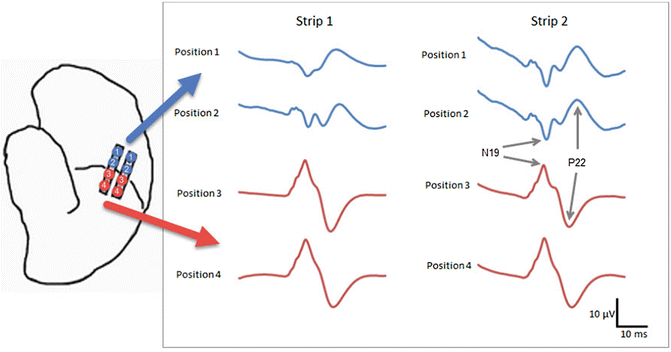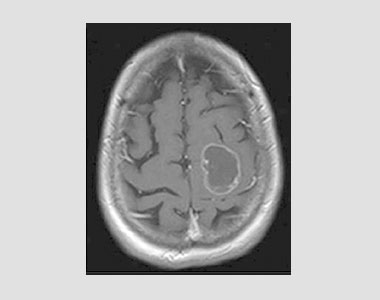
The principle of neurovascular coupling states that, for a given set of neurons that are active, there are changes in local field potential that induce regional neurovascular changes, which result in an overall influx of local oxygenated blood, thus increasing relative signal on BOLD magnetic resonance (MR) imaging. The variation of BOLD signal changes as a function of time in response to neural activity is called the hemodynamic response function.

Gradient echo techniques sensitive to these susceptibility changes can be used to determine relative oxyhemoglobin versus deoxyhemoglobin concentrations in blood. In contrast, oxygenated hemoglobin is diamagnetic. Deoxygenated hemoglobin, being paramagnetic, results in increased local susceptibility changes. This article highlights the benefits that task-based fMR (tb-fMR) imaging has provided to surgical therapeutic practice.īackground of functional magnetic resonance imaging (blood oxygenation level–dependent signal, functional magnetic resonance imaging study design)įMR imaging is typically performed using the BOLD contrast technique, described by Ogawa and colleagues in 1990. When coupled with intraoperative awake functional mapping, an avoidance of unanticipated resection-related deficits can substantially reduce the risk of morbidity of neurosurgical procedures. Specifically, the advent of blood oxygenation level–dependent (BOLD) functional magnetic resonance (fMR) imaging has allowed researchers and clinicians to measure physiologic fluctuations in brain oxygenation related to neuronal activity with good spatial resolution.

Technological advances have enabled the functional mapping of regions of the brain, which can be used for many clinical applications and investigative opportunities. When approached with the task of brain tumor resection, finding a balance between maximizing resection and minimizing injury to eloquent brain parenchyma is paramount. Task-based functional magnetic resonance (tb-fMR) imaging is the most commonly used method for noninvasive assessment of eloquent cortex and can reliably display cortical activity, including sensorimotor, language, and visual functions.Įmerging evidence suggests that resting state functional MR imaging is a promising tool in addition to tb-fMR imaging in clinical settings, and it has the potential to become the noninvasive standard tool for surgical planning and a biomarker of prognosis in patients with brain tumor.Īlthough functional MR imaging is a powerful tool that can significantly influence the planning for brain tumor surgery, there are some limitations to this technique that should be addressed in order to optimally perform and interpret the results in clinical practice. Functional neuroimaging has been shown to be a valuable tool in preoperative mapping of brain functions in patients with tumors and provides reliable in vivo assessment of the eloquent cortex to minimize the risk of postsurgical morbidity.


 0 kommentar(er)
0 kommentar(er)
